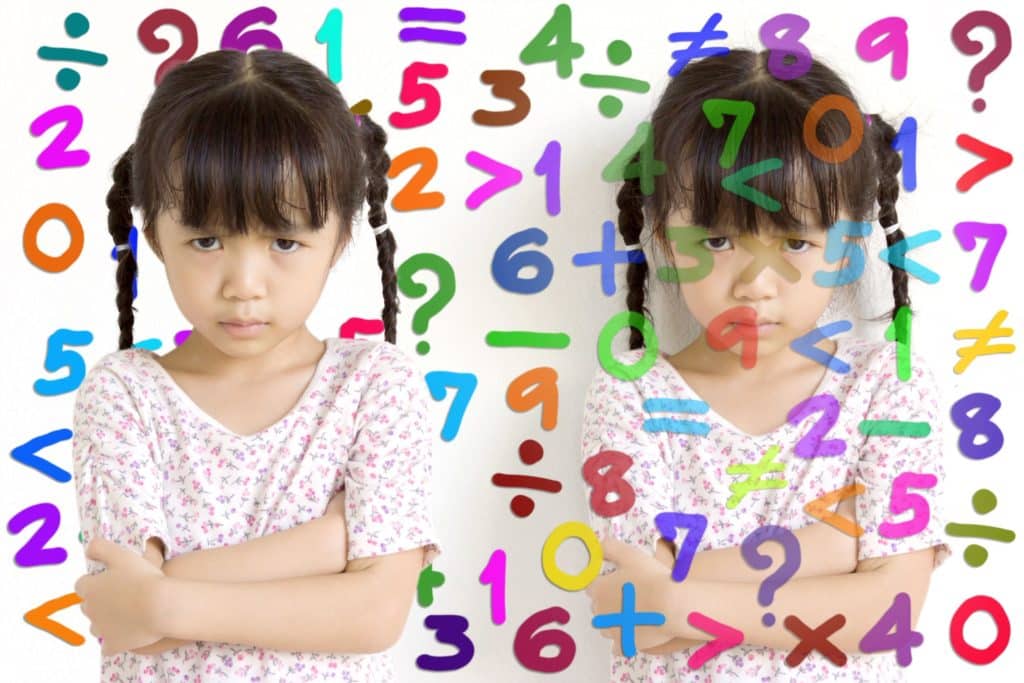What Is Dyscalculia? A Comprehensive Guide for Educators
Today, districts across our nation report that America’s students are graduating unprepared to tackle college-level math content. This has prompted school districts to pour additional resources into the teaching and learning of math. With this additional assistance, teachers are more equipped to recognize learning disabilities such as dyscalculia.
Dyscalculia Definition
Dyscalculia is a specific learning disability that affects an individual’s ability to understand, learn, and perform number-related concepts and basic arithmetic. It is the inability to easily solve equations like addition, subtraction, multiplication, and division. It is often referred to as “math dyslexia” because of the similar challenges with symbol processing, but it is a distinct condition.
Dyscalculia and Its Relation to ADHD
It is reported that dyscalculia affects approximately six percent of the total population and is common among individuals with ADHD. In fact, 60 percent of people with ADHD are diagnosed with learning disabilities such as dyscalculia, which is significantly higher than in the general population. This poses additional barriers for students who already struggle to focus during instructional time.
Dyscalculia Symptoms
Recognizing the dyscalculia symptoms is the first step toward effective intervention. Some of the most common signs reported are:
- Repeated trouble with foundational skills like learning to count.
- Persistent difficulty solving arithmetic equations.
- Extreme confusion when interpreting information presented in graphs or on charts.
- Taking more time to complete tasks involving numbers.
- Making frequent and repeated mistakes in calculations.
- Difficulty with money, time, or other real-world number-based concepts.
Effective Strategies for Supporting Students with Dyscalculia
Recognizing that dyscalculia is a disability prompts educators to seek ways to support students diagnosed with this disability. Through work with students who have identified learning disabilities in math, the following strategies have been found to be most effective.
- Recognize the Problem
Experience has taught me that before I can effectively meet a student’s needs, I must first recognize that a problem exists. Believing that a student is simply “not good at math” without identifying the root cause can cause many students to suffer from additional learning loss. The use of a formal dyscalculia test or other screening tools can be a crucial first step.
Recognizing the underlying issue allows opportunities to identify ways of closing the gap and or leveling the playing field between students diagnosed with dyscalculia and their non-disabled peers. Furthermore, recognition provides access to additional resources.
Students with identified learning disabilities can be privy to federal funds that are not permissible for other students. This funding allows for supplemental assistance that may be paramount in identifying effective methods of making the math content attainable for students with dyscalculia.
- Modify and Accommodate
It is important that students with dyscalculia are provided accommodations for students with dyscalculia and modifications to meet their independent learning needs, often through an IEP.
- Accommodations make the content accessible by presenting it in a way that complements the learner. Accommodations such as preferential seating, extended time, and read-alouds are all designed to assist in displaying what the learner knows without being hindered by their disability.
- Modifications such as shortened assignments and alternative grading assist by focusing on what the learner can show in terms of mastery.
The key is to remember that modifications and accommodations do not make it easier for students; they simply remove barriers that prevent students from displaying their knowledge. For instance, allowing the use of a calculator when permissible is a crucial accommodation, as it removes the barrier of basic computation and allows the educator to check for content mastery of the problem-solving steps.
- Provide Choices in Learning and Assessment
One of the most powerful things we can provide to any student is choices concerning how to solve problems and display mastery. The premise is to allow students the autonomy to choose how they can best show that they have mastered the content.
Providing the student with choices allows them the freedom to find the right method that they are most successful at when displaying their learning. It highlights the students’ strengths as opposed to displaying their weakness in the area of math. This approach has also been proven to increase student engagement, which is key when attempting to interest students in a subject they identify as a weakness.
Conclusion
Students with dyscalculia have the ability to learn just as much as other students; it is our job as educators to help them identify how they best learn in regards to math. By recognizing the disability, providing appropriate accommodations, and offering choices, we can create an inclusive and effective learning environment.




